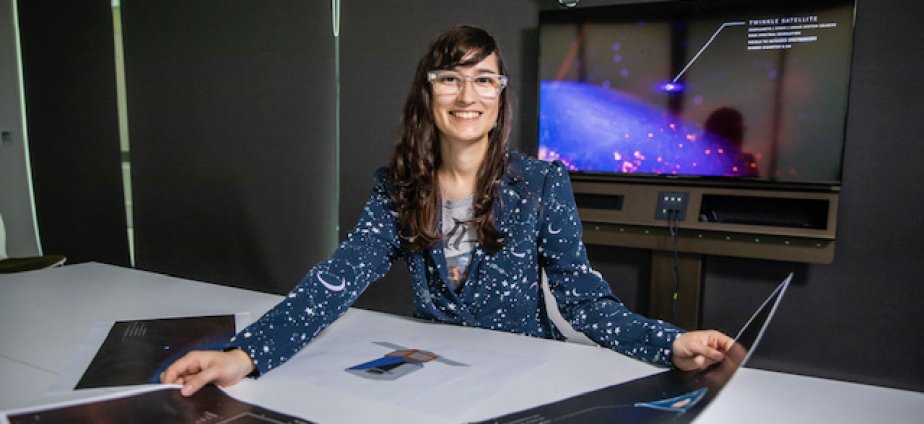Space scientists from across the world are taking giant steps in the search for new planets, building their own satellite dedicated to investigating alien atmospheres. Twinkle Space is set for launch in 2024 with the University of Southern Queensland in the pilot’s seat.
The University’s Centre for Astrophysics is the first Australian organisation announced as a founding partner in the ‘out-of-this-world’ UK-based project. A team of planet hunters, including researchers like Nataliea Lowson, will join the mission to analyse the atmospheres of exoplanets, providing radical insights into worlds orbiting distant stars. “We’re excited to announce our involvement in this major mission, as this light-weight satellite will enable breakthrough research in astronomy,” Ms Lowson said.
“We’ve already been doing fascinating work in confirming new exoplanets through programs like the NASA’s TESS mission but Twinkle will bring us much ‘closer’ to those alien worlds. “Right now, we know very little about these planets beyond their mass, size and distance to their star. “Twinkle will give us insight into atmospheric features using infrared spectrometers that analyse light transmitted through, and emitted or reflected by, the skies above these planets.
“A satellite telescope like Twinkle would be dedicated to this work, and University of Southern Queensland is helping to define its scientific goals.” Astrophysicist Duncan Wright said this was a new area of astronomy, which until now, has mostly been restricted to giant Jupiter-like planets. “But with new space telescopes like Twinkle, the University of Southern Queensland can be involved in observing the atmospheres of Neptune-like planets and possibly even rocky super-Earth worlds,” he said.
“It opens up new science and new collaboration possibilities for the University and for Australia.” The Twinkle satellite is currently being built in the UK and will launch into a low-Earth orbit within three to four years. It will perform exoplanet and solar system science for a minimum of seven years.
Readers also enjoyed our story about Granite Belt Trail Launch









